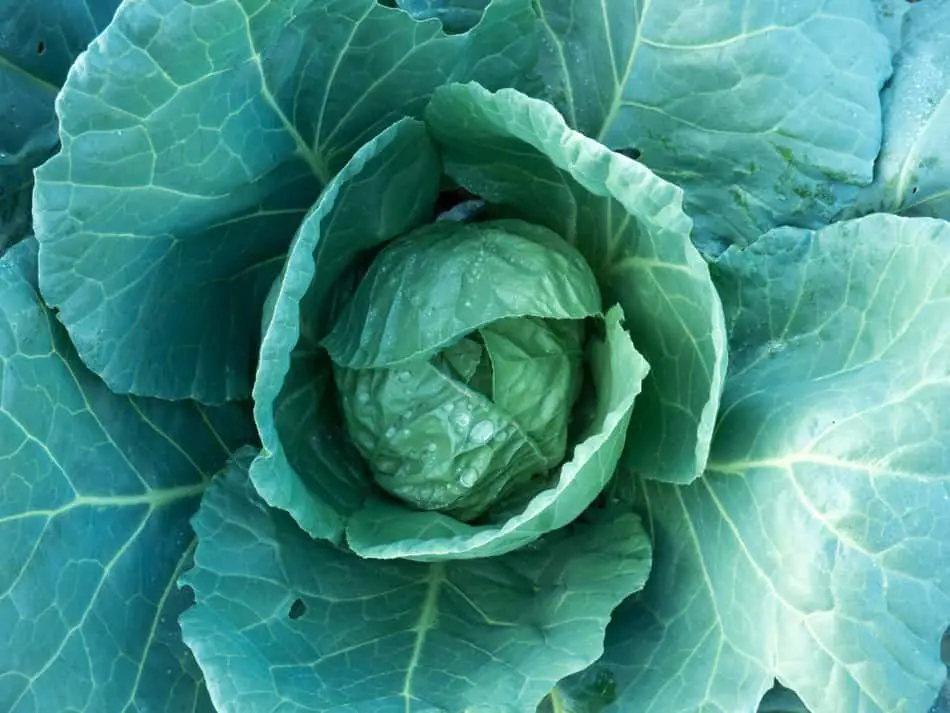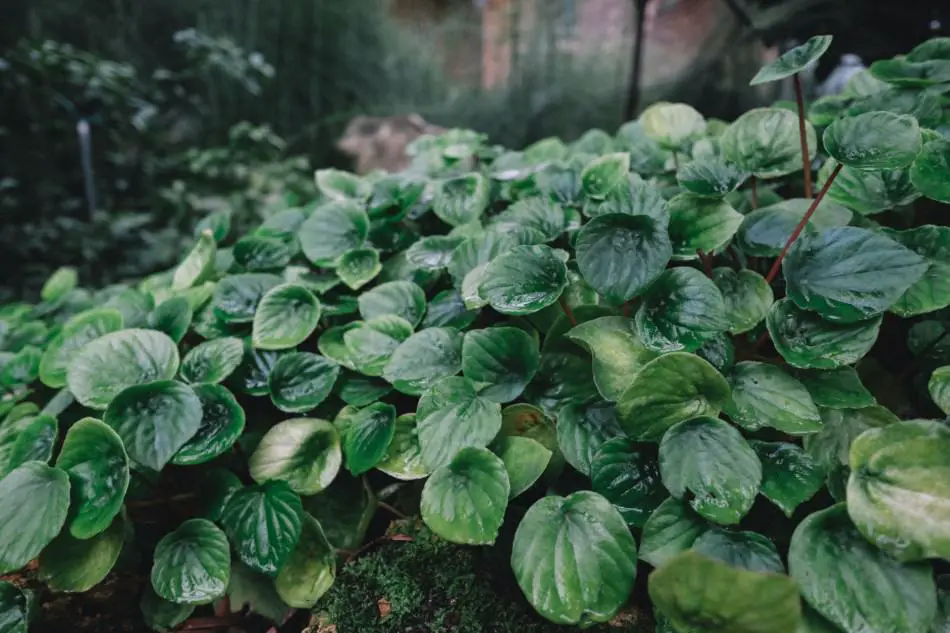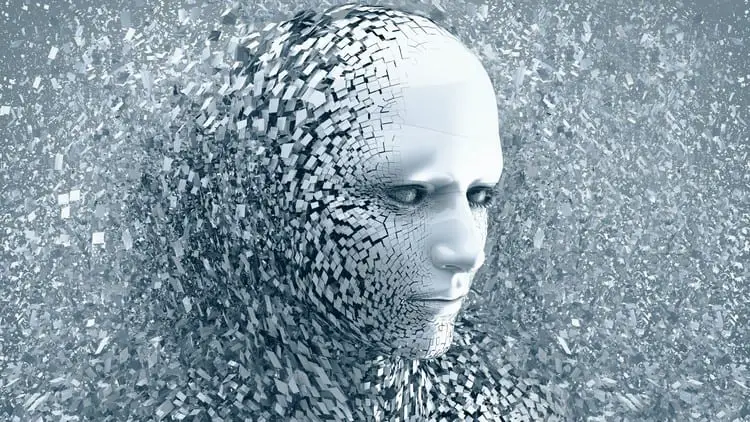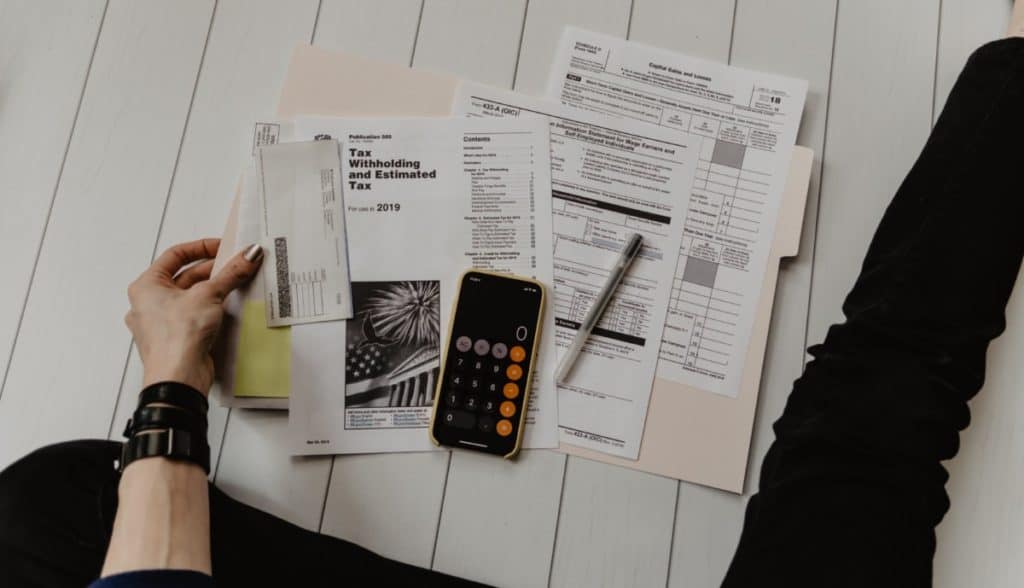Bioinformaticians are scientists with multi-disciplinary training in computer science and biology. Individuals who work in this field are experts in answering questions based on data they have analyzed. But how do you get started in bioinformatics, and what steps do you need to take?
In order to teach yourself how to do bioinformatics, it’s important you start with learning a programming language if you aren’t familiar with programming already. Then you can begin reading data and running statistics, as well as completing a project where you put your findings together.
In this article, we’ll be looking in depth at what exactly bioinformatics is, how you can teach yourself bioinformatics, and how to perfect your results and the way you communicate them. If you’re interested in learning more about these topics, keep on reading.
What Is Bioinformatics?
In order to successfully self learn bioinformatics, you must first understand what it is and its purpose. Bioinformatics is simply an extension of biology, while still trying to understand many of the questions biology does.
The world, bioinformatics, is made up of two parts. Bio- as in biology, and -informatics, which refers to information. It’s an important field of study and is vital for advancements in other fields such as health and medicine, energy conservation, and food sources.
Questions such as ‘What microorganisms live in our mouths?’ or ‘Where in the world do my ancestors come from?’ can be answered through processing data through bioinformatics. Biology asks similar questions, but in bioinformatics, the process of collecting and presenting data is different and relies more heavily on computer science.
Bioinformatics is constantly evolving, as is the technology that is used to make this type of science possible. The more scientists are able to do with computers, the more bioinformatics can evolve, and the more we are able to understand in the long run.
It’s important to note that bioinformatics is a very large field, so if you’re interested in self-learning, your best bet is to niche down and focus on one thing at a time.
What Does a Bioinformatics Specialist Do?
As we stated above, bioinformaticians process and analyze the data they find through computer programming. They are also experts at data mining techniques and statistical software.
Those who specialize in bioinformatics have been instrumental in things such as cancer research, personalized medications, and the analysis of protein structure. A unique component of bioinformatics is all the information stored within the online databases are available to anyone with web access.
This public information is key to those who are learning bioinformatics and are new to programming and storing data correctly. Having access to all this information is a great tool to begin learning and understanding all the elements that go into this science, and how you can go about it successfully.
Now you have a better understanding of what bioinformatics is and what these scientists do with the data they’ve collected through bioinformatics, below we’ll explore how you can begin learning this concept for yourself.
How to Get Started in Bioinformatics

While getting involved in the world of bioinformatics as a solo learner with little to no extra guidance or teaching may be difficult, it’s not impossible. Below, we’ll go step by step into what actions you can take to get started with bioinformatics.
Start Reading Lots of Academic Papers
If you’re starting out on your own in terms of learning bioinformatics, reading the work and data that other people have put together is a great first step.
A great tool for submerging yourself in others’ research is bioRXiv, which is a free online platform where you can view and comment on others work, as well as submit your own academic and biological study for review.
Reading these papers will allow you to submerge yourself in the work that other bioinformaticians are doing, as well as how they are getting their results and how they’re communicating them to an audience.
When you read these papers, find questions within these studies that you want answered. If there is enough data available, try to reproduce these results yourself, which is great practice. If you’re looking for another platform where you can find more questions that bioinformatics is asking, you can check out Biostars or Stack Overflow.
These are both great free sources for beginner bioinformaticians who may have multiple different questions pertaining to different areas within the field. Biostars is a great tool for discussing common questions that scientists want answered, as well as different data analysis available from around the world.
Stack Overflow is an ideal tool for those who may have questions about coding and programming for those who are new or unfamiliar to certain aspects of it. If you’re self-learning bioinformatics, it’s highly recommended that you use both of these online tools to further your understanding of the field.
While diving into bioinformatics alone may seem overwhelming, it’s possible to begin teaching yourself the basics with just a simple amount of research and dedication.
Learn a Programming Language
After you’ve dived into some of the research that other bioinformaticians are conducting, it’s time to start learning a programming language.
A programming language is an online tool you use to layout and communicate your findings and data from your research. A highly recommended programming language for beginners is Python.
It’s a great tool if you’re new to programming, and is designed for its easy readability. It’s a free platform that specializes in helping users create software prototypes, store data, and learn how to program as a beginner.
Learning a programming language is key in bioinformatics for finding patterns within the data you’ve collected and interpreting the results through coding. Through Python, you can also use Colab, which is an online Google extension where you can store your notes and research, as well as share it with others.
Colab will also enable you to strengthen your programming language, as well as your coding experience. It’s similar to Google Docs, in that you can share it and allow others to tweak your data if you’re working with others on a shared project.
It’s a great resource for students, or for those who are working solo on their findings. In the video below, you can see a step by step look into how to operate and use Colab correctly to ensure you get this most out of this tool:
Participate in Courses That Match Your Interests
As we stated above, there are plenty of free tools online that will allow you to learn more about bioinformatics. This is also the case if you’re looking for free educational sources such as courses you can take.
There are a variety of different courses that are offered by many different universities, as well as many online classes that are available to anyone with access to the web. You can also access free information through YouTube, as there are many channels that offer bioinformatics based courses through a variety of different videos.
In the video below, this UC Davis professor offers an introduction to the concept of bioinformatics and the online course that they’re offering. You can find the rest of the videos for this course on this channel as well:
There also many other Youtubers that specialize in creating bioinformatics content and answering beginner questions. This user, OMGenomics, offers a variety of different videos on the subject of bioinformatics and how you can get started successfully.
Whatever you can get your hands on, absorb as much content and information you can on the matter. There are plenty of free resources available to you that will allow you to successfully self learn bioinformatics on your own time.
(Brush Up on or) Learn Statistics
After you have done a lot of reading, started taking some courses, and learned a programming language, it would be ideal to brush up on statistics or start learning.
Khan Academy offers a variety of courses on statistics that can be very beneficial to someone who is looking into bioinformatics. It’s important to understand statistics before diving into bioinformatics, as they really go hand in hand.
Statistic research involves many different types of data, as does bioinformatics. Both of these areas of study allow researchers to uncover new and exciting information that could potentially change the way we view and study science.
While bioinformatics helps answer biological questions by using computer science, statistics help scientists understand the validity of the results, as well as the probability of receiving certain kinds of results.
To make a correct hypothesis, as well as fully understand the research you’re doing, you must understand statistics. It’s crucial for bioinformaticians to incorporate a statistical approach to the research they do and the questions they ask.
In order to get started in the world of bioinformatics as a solo learner, it’s ideal to begin with lots of reading. Reading what other scientists and researchers have done in bioinformatics is key to submerging yourself within the process, as well as the work that’s being done within this field.
Once you’ve done a decent amount of reading, it’s ideal to begin learning a programming language, as well as a course that’s aimed towards bioinformatics. Around this time, it’s also ideal to begin learning or brushing up on your knowledge of statistics, as bioinformatics relies heavily on it.
Hopefully, now you have a better understanding of how you can get started with self-learning bioinformatics, as well as all the other areas of study that come along with it.
How to Practice Bioinformatics
So now that we’ve gone over how you can get started from square one in bioinformatics, let’s discuss how you can practice with all the information you’ve acquired along the way. Below, we’ll go step by step into what you can do to practice bioinformatics successfully.
Develop a Question You Want Answered
One of the best ways to begin practicing bioinformatics is through starting your own project where you have a question in mind that you’d like answered.
Once you understand how to use programs like Python correctly, you can use the ability you have to read data and run statistics to launch a project where your goal is to answer a biological-based question.
First, decide what question you want answered. Research who has tried to answer the same question before or related questions, and see what their research and results look like. Most of the research you’ll find online will have enough information available for you to get started.
Using programs such as Bash will be essential in helping you gather your information, especially if you’re starting to research new concepts and ideas. Thankfully there are many Bash tutorials for beginners available online if you’ve never used this program before.
While this program may seem overwhelming at the beginning, it’s important to keep practicing to perfect your codes, as well as the research you’re doing within your field. Developing questions, seeing what others have come up with, and conducting your own research is key to practicing bioinformatics and perfecting your science.
Find Patterns in Your Data
Once you’ve got your question that you want answered in mind, and you’ve begun researching and plotting your data, it’s time to start looking for patterns.
No matter what data you put together, there are patterns there to be noticed and configured. When patterns are drawn within the research that you’ve put together, that’s when scientists and researchers can begin understanding the answers to the questions they have.
When you have the proper tools, alongside successful research, you’ll be able to notice patterns with the information you’ve found along the way. This will help you answer questions you’ve been searching for, as well as communicate your findings more clearly.
It’s important to understand that pattern discovery is fundamental in bioinformatics research. When you locate patterns, you’re one step closer to answering the question you’re after.
Interpret Your Data
One of the most difficult parts of this process is interpreting your found results.
The way you interpret the data you’ve put together can vastly affect the way others digest your work, as well as how easily you and others can understand them. It can also be detrimental to your findings if you don’t interpret your data correctly.
It’s important to proofread your data to ensure that everything is laid out correctly. Using all the software you have on hand will allow you to quickly proofread your data, and with lots of practice, you can begin to do this in little to no time.
No matter what subject matter you’re looking into, it’s vital that you take the time to look over your results before you send them off for viewing or any kind of feedback. When you take the time to interpret your results correctly, you’re able to communicate your data easily to other scientists and researchers within your field.
This will allow you and others to learn from your research, as well as continue from where you left off in your data. It’s safe to say that interpreting your findings correctly is one of the most important components in practicing bioinformatics.
It all starts with asking just a simple question. When you’ve found the question you’re looking to collect data about, it’s time to find all the information that you can on the subject, which includes all the previous research and data that has been collected on the subject.
Once you’ve put your data together, it’s time to decipher what patterns your data is capable of forming. You’ll find patterns within your data, so it’s important you go over what you’ve collected in order to make your research understandable and beneficial to yourself, as well as others.
The last step you’ll take is interpreting and communicating your results correctly. This is one of the most important steps bioinformaticians have to take. The validity and success of their data rely on how well they can communicate their findings.
Hopefully, now you have a better understanding of how you can begin practicing bioinformatics in order to perfect your science, as well as the data you collect.
Conclusion
While self-learning a very large field such as bioinformatics can be quite difficult, it’s not impossible. With the right tools and direction, it’s possible to learn bioinformatics on your own time from the comfort of your own home.
First, we went over how you can get started in bioinformatics. We discussed how reading academic papers and seeing what past researchers have done is a great start. It’s also ideal to take advantage of all the free educational sources available to you online about the topic.
When practicing bioinformatics, start by asking questions to things you want answered, and base an entire project on this question. You can take your hypothesis and begin plugging in data that’s available online, and begin looking for patterns.
Hopefully, now you have a better understanding of how you can self learn bioinformatics, no matter where you are in the world.







I love it. I want to learn bioinformatics. Am a biochemistry student and I think the knowledge of bioinformatics will be of great importance in this field.